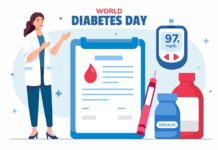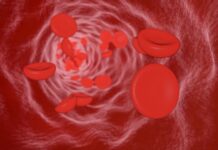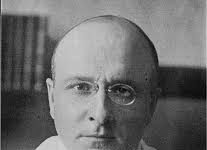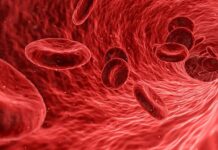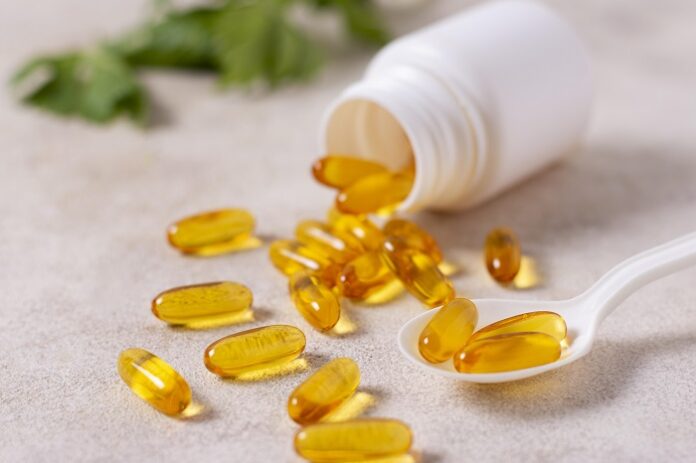Researchers from CHU Nîmes, Université Montpellier, and multiple MS centers in France have discovered that oral cholecalciferol, administered in 100,000 IU doses every two weeks, significantly reduces disease activity in patients with clinically isolated syndrome (CIS) and early relapsing-remitting multiple sclerosis (RRMS). Their findings, published in JAMA, provide new insights into vitamin D’s potential as a therapeutic option.
Understanding Clinically Isolated Syndrome and MS
Multiple sclerosis (MS) often begins with an acute episode affecting the central nervous system, such as optic neuritis (optic nerve inflammation), transverse myelitis (spinal cord inflammation), or brainstem syndromes. This initial presentation is known as clinically isolated syndrome (CIS). While CIS does not always progress to MS, certain risk factors increase the likelihood of conversion, including cerebrospinal fluid oligoclonal bands, a high number of T2-weighted MRI lesions, and younger age at CIS onset.
Vitamin D’s Role in MS
Vitamin D deficiency is a known risk factor for MS and has been linked to increased disease activity. However, previous trials investigating vitamin D supplementation have shown mixed results. Given its immunomodulatory effects, researchers have primarily studied vitamin D as an add-on therapy to interferon beta. This study aimed to assess vitamin D’s safety and efficacy as a standalone treatment in recent CIS cases.
D-Lay MS Trial: Design and Methodology
As reported by medicalxpress, the D-Lay MS trial was a randomized, double-blind, placebo-controlled study evaluating high-dose cholecalciferol in untreated CIS. Researchers recruited adults aged 18–55 who had experienced CIS onset within the past 90 days, had serum vitamin D levels below 100 nmol/L, and exhibited MRI evidence of disease dissemination or at least two lesions with positive oligoclonal bands.
A total of 316 participants were randomized 1:1 to receive either oral cholecalciferol 100,000 IU (n=163) or a matching placebo (n=153) every two weeks for 24 months. Of these, 303 participants received at least one dose, and 288 completed the full 24-month follow-up. The primary outcome measured was disease activity, defined as the first relapse or the appearance of new or contrast-enhancing MRI lesions.
Key Findings: Vitamin D Reduces Disease Activity
Results showed that disease activity occurred in 60.3% of patients receiving vitamin D (94 of 156) compared to 74.1% in the placebo group (109 of 147), with a hazard ratio (HR) of 0.66. Additionally, the median time to disease activity was significantly longer for the vitamin D group (432 days vs. 224 days in the placebo group).
MRI Outcomes Support Vitamin D Benefits
All secondary MRI outcomes favored vitamin D supplementation:
- Overall MRI activity: 57.1% in the vitamin D group vs. 65.3% in the placebo group (HR, 0.71).
- New or enlarging T2 lesions: 46.2% vs. 59.2% (HR, 0.61).
- Contrast-enhancing lesions: 18.6% vs. 34.0% (HR, 0.47).
Implications and Future Research
High-dose cholecalciferol effectively reduced disease activity in CIS and early RRMS, supporting further exploration of its therapeutic role. Researchers suggest investigating pulse high-dose vitamin D as an add-on therapy, particularly for patients with severe vitamin D deficiency. High-dose vitamin D is affordable and has a favorable safety profile. It could be a viable option where access to standard therapies is limited.










